David Carson: The Graphic Design Maverick
Few designers have challenged and redefined the boundaries of graphic design quite like David Carson. With his unconventional, experimental, and rule-breaking approach, Carson revolutionised the field of graphic design in the 1990s and left an indelible mark still felt today.
Known for his grunge typography, innovative magazine layouts, and ability to turn mistakes into groundbreaking designs, Carson consistently broke the rules and followed his instincts rather than established design principles. This maverick mentality allowed him to develop a bold, new, raw, authentic, and deeply personal aesthetic.
Though initially controversial, his work inspired legions of designers while also expanding the definition of what graphic design could be.
The biography of David Carson is the story of a high school teacher turned design legend whose visual communication skills and risk-taking approach gave graphic design its distinct attitude and look that still resonates decades later. Through his influential work for magazines like Ray Gun and Beach Culture, Carson demonstrated the power of breaking conventions and following one's creative spirit.
This post will provide an in-depth look at his background and influences, as well as his most iconic design work and its impact on the industry. It's the story of a designer who marched to the beat of his drum and changed graphic design forever.
Table of Contents
Early Life and Influences
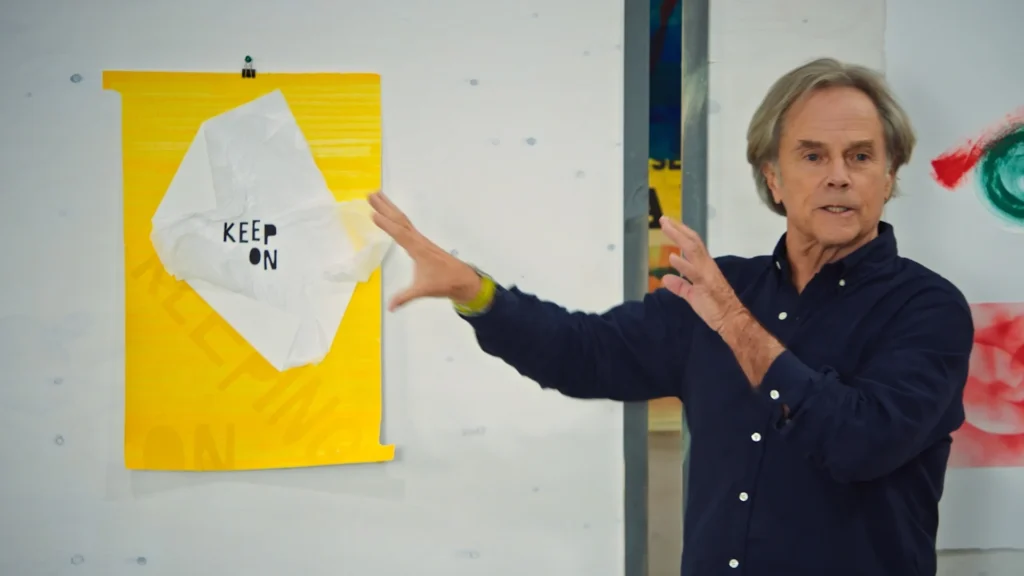
David Carson was born on September 8, 1954, in Corpus Christi, Texas, a coastal city where the surging tide's energy meets the American South's easygoing nature. Raised in this fertile environment, Carson was shaped by diverse artistic influences. He absorbed Texas's laidback yet soulful mood, with its fusion of Mexican, Cajun, and cowboy cultures that mingled under the expansive Texas sky. Most profoundly, Carson fell under the spell of surf culture, captivated by surf magazines and images of flawless waves.
Surfing became Carson's passion, schooling him in the beauty of controlled chaos, the organic ebb and flow of water, and the need for intuitive adaptability while riding ever-changing swells. As he spent countless hours studying the ocean's erratic nature, Carson learned to embrace imperfection and unpredictability as assets rather than liabilities. He saw how flaws could breed originality. This revelation would later guide his breakthroughs in graphic design.
Beyond just a sport, surfing represented a way of life for Carson, one deeply rooted in individual expression. The culture nurtured his independent spirit and maverick tendencies. Surfing also taught Carson visual aesthetics through its Zen-like focus on harmonious form and flow. These early lessons from the textured landscape of his upbringing planted the creative seeds that would blossom into Carson's revolutionary vision. The ocean's boundless energy surged through his work, overturning existing paradigms through perpetual motion.
David Carson's Design Philosophy
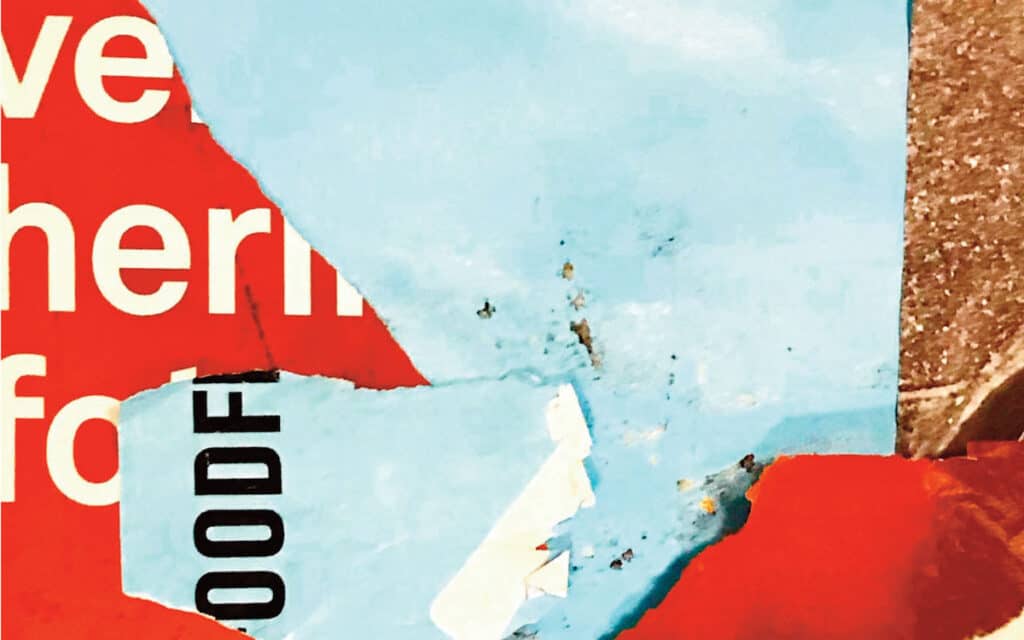
Just because something is legible doesn’t mean it communicates.
David Carson
If David Carson's design approach could be distilled into a single ethos, it would be disruption. He adamantly believed that design should not merely communicate but provoke emotion, defy expectations, and incite conversation. For Carson, practical design disrupted stagnant thinking and the status quo.
Carson viewed classic tenets of typography and design as a springboard rather than doctrine. With irreverent glee, he dismantled age-old rules and conventions to craft avant-garde, rule-breaking designs. Unburdened by tradition, Carson twisted and contorted typography with an audacious sense of creative freedom. Under his rebellious vision, the text became an art in itself.
Once considered a purely functional tool, typography took on new dimensions in Carson's hands. He stretched, overlapped, and distorted letters into abstract shapes, weaving typography seamlessly into the overall aesthetic. For Carson, the look and feel of the text were just as important as the words themselves. The goal was not readability but eliciting an emotional response. His striking typographic style demanded the viewer's engagement on a visceral level that transcended language.
- Used Book in Good Condition
- Lewis Blackwell (Author)
- English (Publication Language)
- 160 Pages – 05/14/1995 (Publication Date) – Chronicle Books Llc (Publisher)
Carson similarly upended every other design norm in his pursuit of disruption. He eschewed harmonious layouts for intentionally asymmetric designs that pulsed with kinetic energy—details like tilting images and overlapping text created visual friction. Photographs bled off the page, and colour blocks obliterated the type. Every choice was meant to disorient and recalibrate the viewer's preconceptions. Carson moulded chaos and imperfection into an entirely new design vernacular. His disruption permanently expanded the boundaries of what graphic design could be.
Rise to Prominence: Ray Gun Magazine
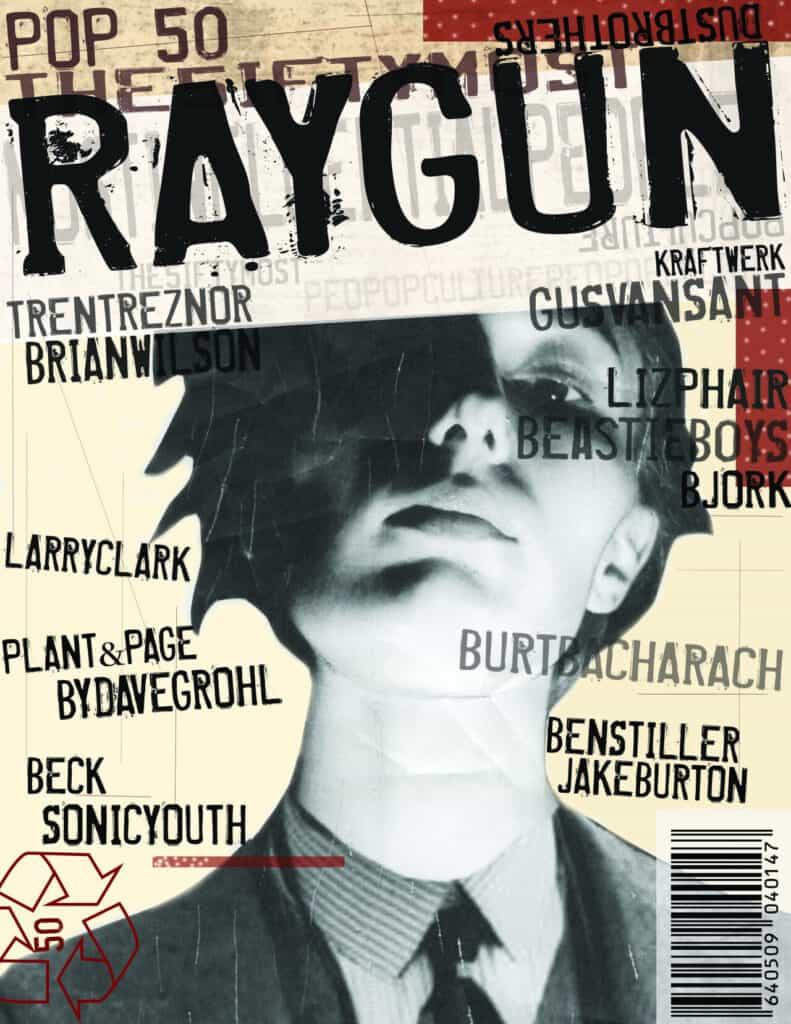
Now, here's where things get interesting in Carson's career. The game-changer came in the early '90s when he began working with Ray Gun Magazine. It was a match made in design heaven. Ray Gun gave Carson the perfect space to unleash his unconventional talents without restraint.
Those Ray Gun covers and layouts were his blank canvas—and boy, he went to town! Carson took the editorial design into wild, rule-breaking territory the world had never seen. Every issue was a typographic experiment gone gorgeously awry. He jumbled letters into new shapes, blended photos and text until they bled into one another, and generally tossed layout convention out the window. It was bold, messy, provocative design magic.
His groundbreaking concepts for Ray Gun made Carson into a design rockstar, albeit a controversial one. The work was way ahead of its time. It fascinated and baffled people. Carson got called everything from brilliant to utterly incompetent. But he defined the new edge graphic design could reach in those Ray Gun days. Through Ray Gun, Carson cemented his reputation as the enfant terrible of the design scene. You know, the brilliant bad boy. Even those who hated his work had to pay attention to what he was doing. There was no ignoring his raw, unfiltered talent.
So, in a way, Ray Gun magazine helped launch David Carson from surf bum turned teacher into a design legend. With Ray Gun as his canvas, he stirred up a whole movement that still influences designers today. Not bad for a high school teacher who never planned to be a designer in the first place!
Iconic Works: Carson's Design Masterpieces
Carson pumped out so many mind-blowing designs over the years that it's tough to pick just a few! But let's chat about some of his most brilliant pieces that became instant classics:
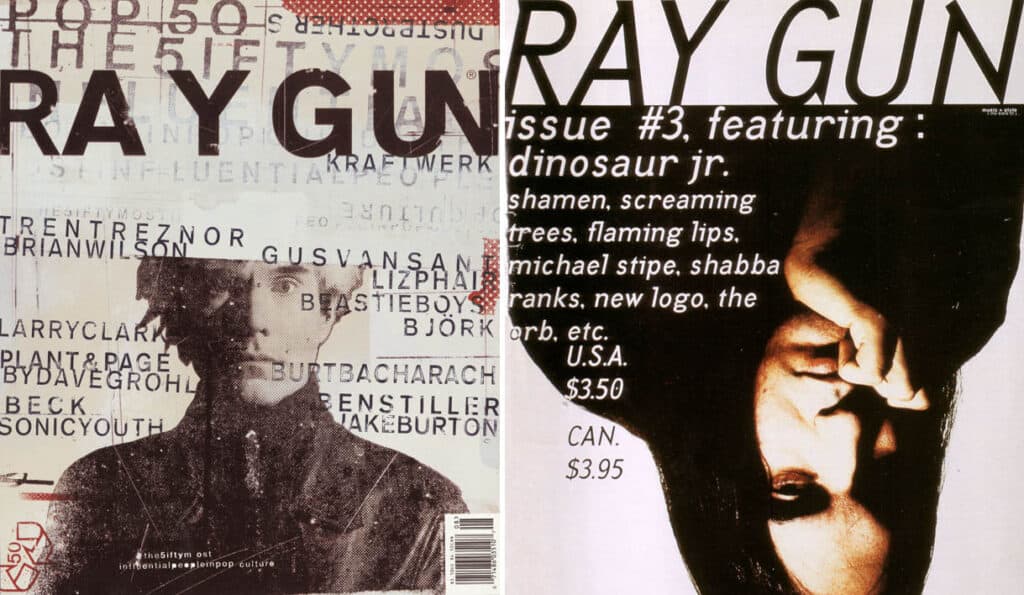
Those Ray Gun magazine covers—hoo boy! They're legendary for freaking readers out in the best possible way. Nobody used typography and photos together like Carson did. He'd bend the letters to make you work to read them. Other times, he'd bury text under wild collages of images. Carson turned each cover into a puzzle that forced people to decode the visual language. Crazy brilliant stuff!
Then you've got his layouts for Beach Culture magazine. Man, he captured the feeling of the ocean with those designs. It was a riot of colours, photos, and graphics mingled together—just like the chaos of surfing. Carson translated the raw energy of the sport onto those pages. You could practically hear the roar of the waves and feel the surfboard under your feet when you looked at his Beach Culture work.
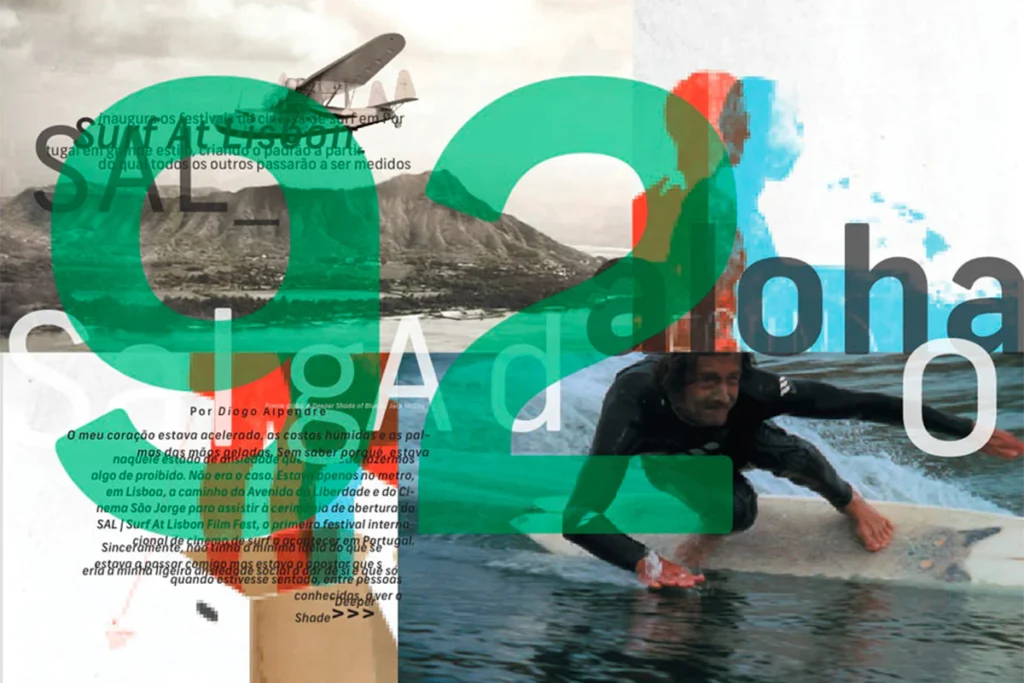
And his poster art! Carson whipped up posters that stopped people in their tracks. Whether it was some music festival or art exhibition, he always found a way to represent it that threw convention out the window. Carson used fonts and images in ways nobody else dared to. His posters were bold, eccentric, and sometimes even illegible! But they always got across the event's spirit unforgettably.

The dude was just fearless with his designs. He did what felt right, different from what followed the so-called rules. And he always pushed graphic design into exciting new territory. Carson's portfolio is packed with revolutionary work that still wows us today. The guy was a true original!
Impact on Graphic Design
Carson was a total trailblazer who changed graphic design forever. It wasn't just his outrageous work that shook things up. He inspired designers everywhere to rip up the rule book and push boundaries, just like he did.
Nothing would be the same again once Carson unleashed his grungy, chaotic look in the '90s. He made it cool for designers to break all the rules they'd been taught. Everyone started questioning the status quo and getting way more experimental. It was a full-on design rebellion!
His vibe was defiant and raw. Carson turned “bad design” elements like weird typography and distressed graphics into high art. This grunge look became his signature style, taking the design world by storm. Everything was suddenly gritty and subversive.
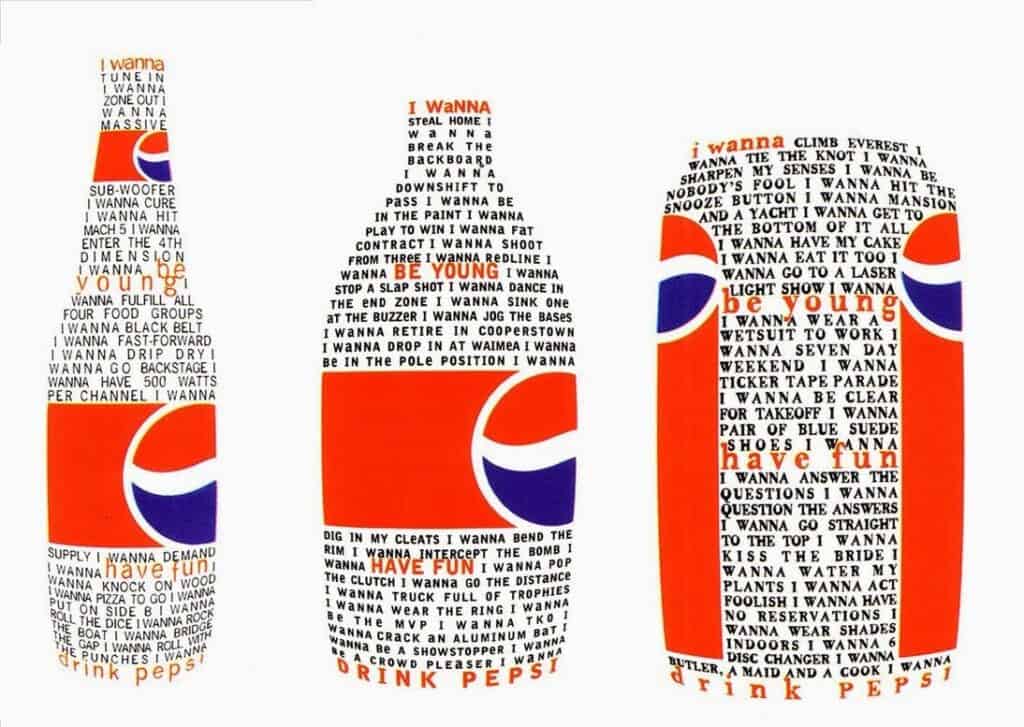
It's wild how much Carson opened up graphic design to be more accessible, emotional, and personally expressive. Before him, design was all about order and clarity. But his attitude said it was okay—incredible, even—to break conventions and design from the heart, without filters. He inspired a generation of designers with that liberating mentality.
Now, we take that expressive approach for granted. But we've got to thank the design god, David Carson, for tearing down those walls! He let creativity run wild and changed the whole game. Carson proved that design could be personal, provocative, and rule-breaking. No wonder he still looms large over the industry today. What a legend!
Beyond Graphic Design: Carson's Diverse Endeavors
Carson had talent bursting out of him that went way beyond graphic design. That guy explored all kinds of creative avenues over the years. Let's chat about a few, shall we?
First up—photography! You better believe Carson made photos his unique art, just like his designs. He had a way of capturing the world that made you stop and look closer. Carson was into playing with perspective, shadows, reflections—you name it. His photography invited people to see things from a new angle, just like his rule-breaking designs did.
Then, there was Carson's funky dive into filmmaking. Man, the guy had no limits on his creativity! His films shook up traditional storytelling by experimenting with narratives and editing. Carson mashed up footage in weird yet beautiful ways, always keeping audiences guessing. He wasn't about to play by the usual rules of filmmaking either.
And you can't talk about Carson without mentioning his design studio. To this day, it keeps attracting brilliant young talents who want to soak up his boundary-pushing wisdom. They collaborate, try new things, and find their creative voices in that space. The studio is Carson's legacy in action, where disruption lives on through new generations.
When you look at David Carson's career, “graphic designer” doesn't even begin to cover it. He poured that creative spirit and energy into everything he did. Carson was all about shaking things up, no matter what medium he worked in. We could all learn a little something from his fearless approach!
- Used Book in Good Condition
- Blackwell, Lewis (Author)
- English (Publication Language)
- 176 Pages – 11/15/1997 (Publication Date) – Universe (Publisher)
FAQs
What is David Carson's most famous work?
David Carson's most famous work is often considered his groundbreaking designs for Ray Gun Magazine, mainly the covers and editorial layouts.
How did David Carson change the world of typography?
Carson challenged traditional typography by treating text as a visual element, experimenting with unconventional fonts, sizes, and orientations to create emotional impact.
What is the “grunge” style, and how is David Carson associated with it?
A distressed, chaotic aesthetic characterises the “grunge” style in graphic design. David Carson's work, especially in the '90s, is closely associated with this style due to its unconventional and nonconformist approach.
Is David Carson still active in the graphic design industry?
Yes, David Carson continues to be engaged in the industry, working on various design projects and collaborations while running his design studio.
How can I incorporate David Carson's design principles into my work?
To embrace Carson's design philosophy, focus on pushing boundaries, experimenting with typography, and prioritising emotional impact over traditional design rules.
Conclusion
In the annals of graphic design history, David Carson's name will forever resonate as a symbol of creativity, disruption, and the courage to challenge the status quo. His journey from the shores of Texas to global recognition is an enduring inspiration, reminding us all that true innovation knows no bounds.
Last update on 2024-05-13 / Affiliate links / Images from Amazon Product Advertising API


